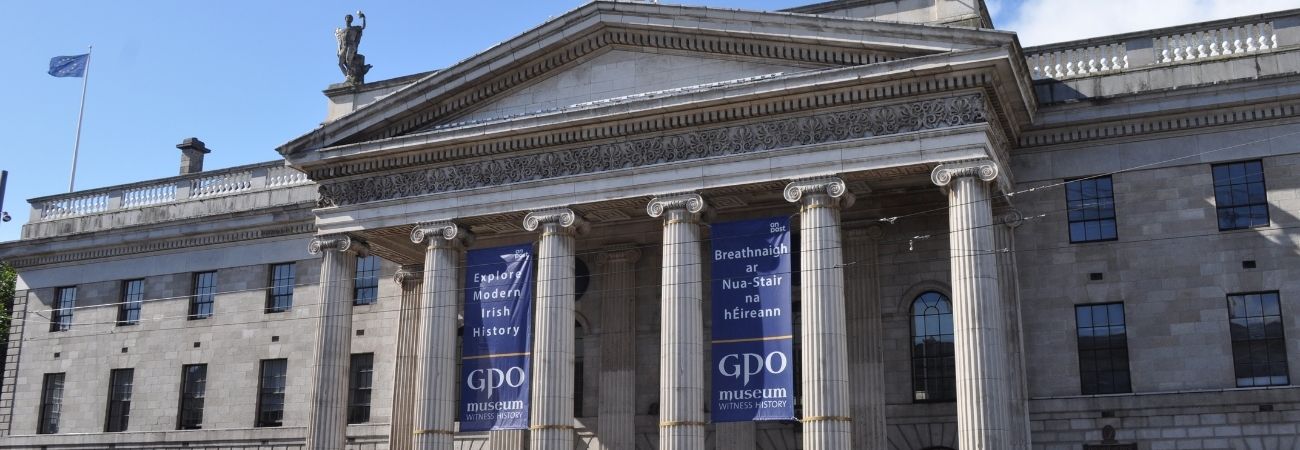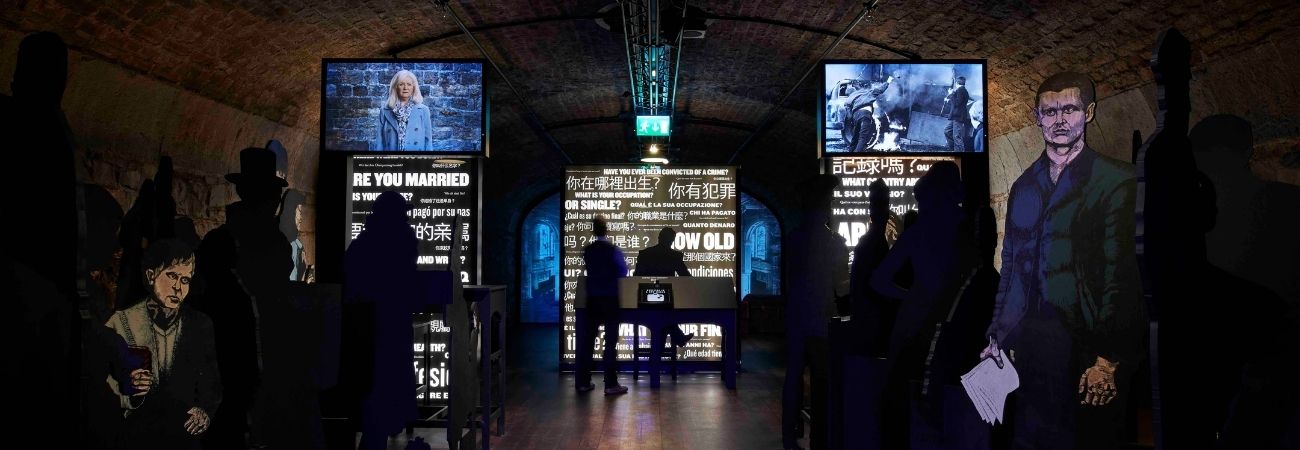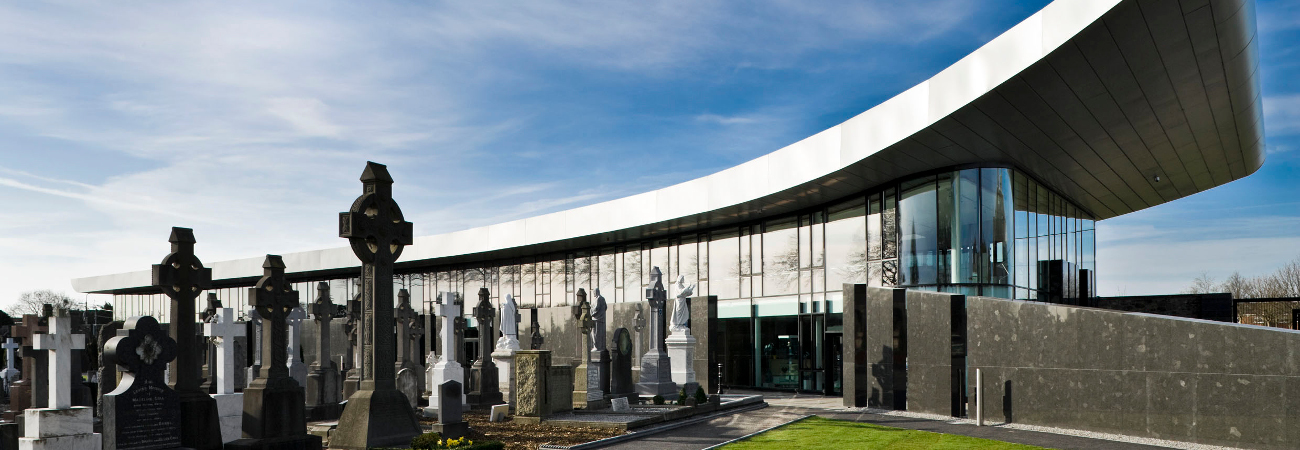The Natural History Museum on Merrion Street is currently closed for refurbishment, and much of its collection has been moved to Collins Barracks for a temporary exhibition, The Dead Zoo Lab. This space gives visitors the chance to see some of the museum’s best-loved treasures — including Spoticus the giraffe and the Giant Irish Deer — alongside specimens that have not been on display for many years. Covering everything from taxidermy and insects to geology and marine life, the Lab highlights both the breadth of the collection and the hidden stories behind it.
More than just a display, The Dead Zoo Lab is an experimental space: it invites the public to engage with the collections in new ways, to consider contemporary issues such as biodiversity and climate change, and to help shape ideas for how the Natural History Museum might be redisplayed once its extensive refurbishment is complete. Open throughout the closure, it also serves as a hub for collaboration with communities, artists, and scientists, ensuring that the “Dead Zoo” continues to evolve while its historic home is being conserved.
Affectionately known as the Dead Zoo, National Museum of Ireland, National History is a great Free Day out for the curious. The Natural History building was built in 1856 to house the Royal Dublin Society’s growing collections, which had expanded continually since the late 18th Century and was opened in 1857 by the famous Scottish explorer Dr. David Livingstone. The building is a ‘cabinet-style’ museum designed to showcase a wide-ranging and comprehensive zoological collection.
The Museum houses galleries of animals from Ireland and overseas, also geological exhibits from a total collection of about 2 million scientific specimens. Many of the taxidermy on show is over a century old and includes a tiger donated to the museum by King George V in 1913 and a polar bear donated by the famous explorer Captain Leopold McClintock.
On the ground floor visitors can experience dedication to Irish Animals, which features some giant deer skeletons, birds, fish and a variety of mammals. Many of the specimens of currently extant animals, such as badgers, hares, and foxes, are over a century old. The ground floor access is now wheelchair accessible.
Visitors can now experience the new first floor with restored access from the original grand stone staircase. Some new facilities have been added including the ‘Discovery Zone’, where visitors can handle taxidermy and see what hides in every drawer and a reading area has been set up.
On the next floor, the Lower Gallery contains mammals from around the world, including now extinct or endangered species including a composite Dodo skeleton, from Mauritius, a thylacine, a quagga, and a pygmy hippopotamus. The second ceiling suspends a Humpback whale skeleton.
The higher galleries above display more primitive animals, from birds through reptiles and fish to invertebrates and microbes. On the upper floor of the building, where it was laid out in the 19th Century is a scientific arrangement showing animals by taxonomic group.
Some of the exhibitions in the exhibitions department are; Mammals of the World, Mating Game, Steps in Evolution, Crystal Jellies, Irish Fauna, Birds of a Feather, Taxonomy Trail and Underwater Worlds.
Admission Fees:
Free Entry
Tickets can be booked online free of charge
Opening Hours:
Tuesday to Saturday 10am to 5pm
Sunday- Monday: 1pm - 5pm
New Temporary Location:
National Museum of Ireland,
Collins Barracks,
Benburb Street,
Dublin 7,
D07 XKV4,
National Museum of Ireland, Collins Barracks, is located 30 minute walk or 12 minute drive from the Castle Hotel.
Public transport can also be taken, our front desk staff will be able to guide you on these.


